TSMC's U.S. Plant Trial Production Sails Smoothly, Matching 4nm Yield Rates with STSP Facility
9/22/2024 7:54:39 AM
A recent Bloomberg report reveals that TSMC initiated the production of engineering test wafers utilizing the 4nm process at its inaugural U.S. wafer fabrication facility in April of this year.
The most recent development indicates that the 4nm yield rate has now reached equivalence with TSMC's facility located in the Southern Taiwan Science Park.
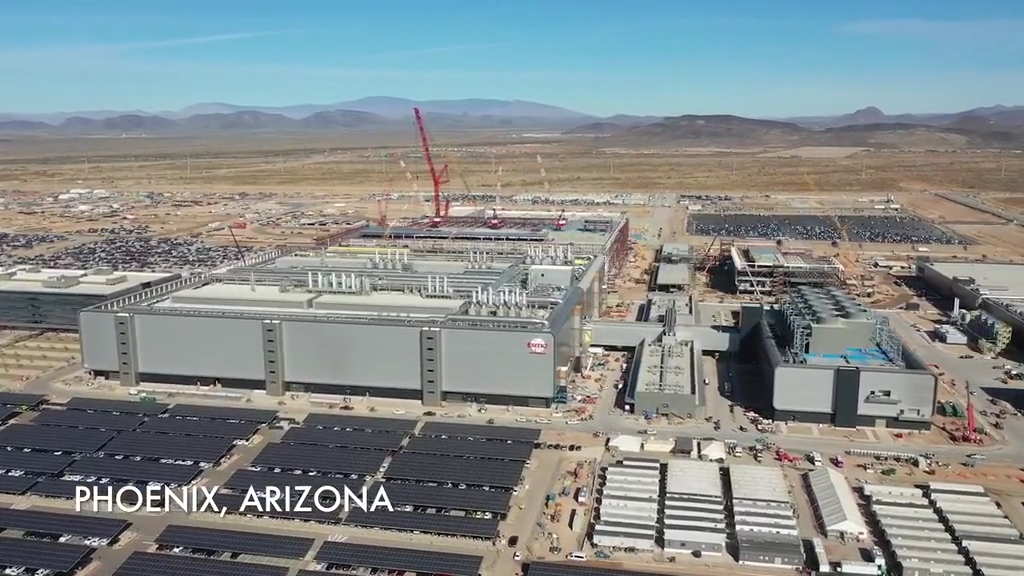
"It's from TSMC, specifically regarding the construction site of TSMC's Arizona wafer fabrication plant."
TSMC says, "The Arizona project is proceeding as planned and making good progress.
Due to the performance and progress significantly exceeding expectations, the wafer fabrication plant even held a celebration for it.
TSMC's first wafer fabrication plant in Arizona is scheduled to start mass production using 4nm process technology in the first half of 2025. It is anticipated that major chip design companies such as Apple, NVIDIA, AMD, and Qualcomm will place orders at that time.
Currently, TSMC has three wafer fabrication plants in Arizona, USA.
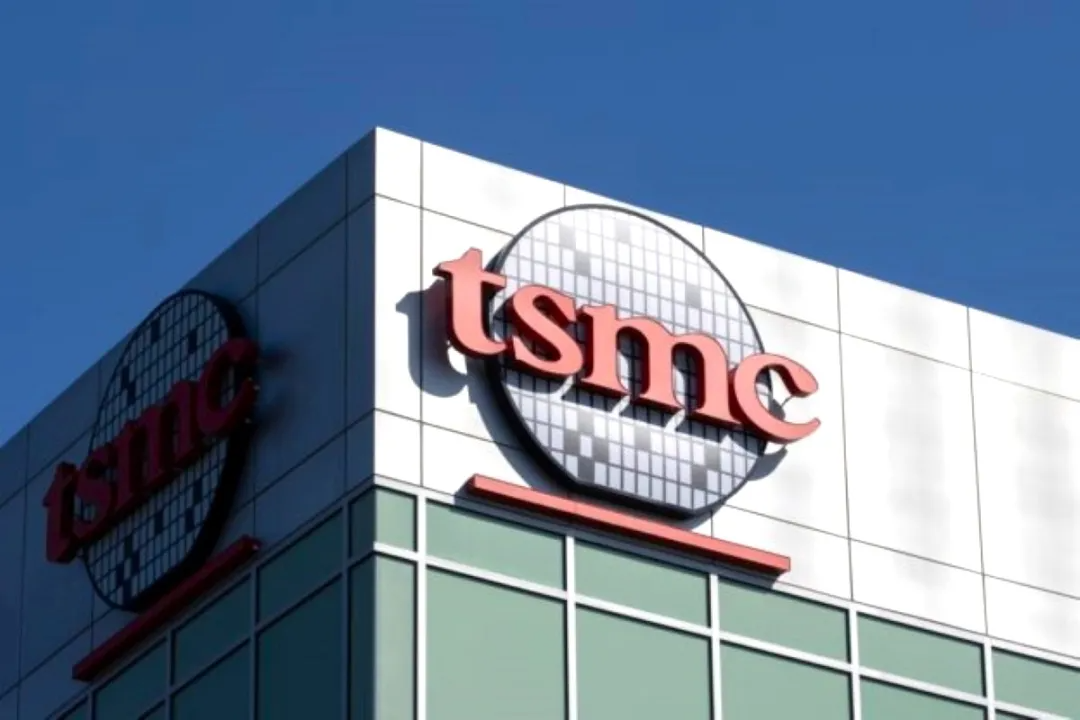
Source: JWei Net (or Jiwei Network, depending on the preferred translation)
The first wafer fabrication plant, specializing in the 4nm node, is set to begin mass production in the first half of 2025. The second wafer fabrication plant, offering 3nm and 2nm capacities, is expected to start production in 2028. Once both plants are completed, they will have a combined annual production capacity of over 600,000 wafers, which translates to an estimated value of over $40 billion in end products.
The third wafer fabrication plant in the U.S. is targeting 2nm or more advanced process technology, with production expected to commence in 2029 to 2030.
The total investment for these three wafer fabs exceeds $65 billion. To support this, TSMC signed a non-binding agreement with the U.S., where the U.S. promised to provide $6.6 billion in subsidies under the CHIPS and Science Act.
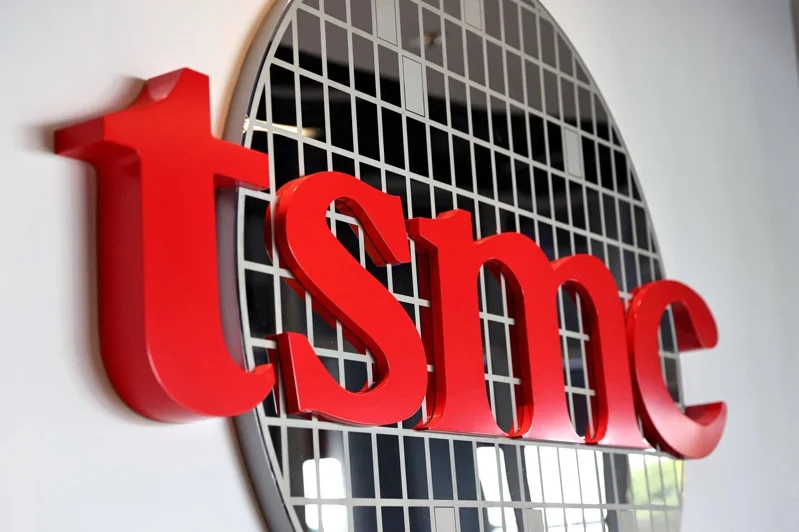
"Source: Reuters"
Regarding TSMC's latest progress, analysts believe that TSMC will prioritize mass production of its most advanced processes in Taiwan. Meanwhile, its long-term overseas capacity is steadily increasing, with new plants in Japan, Germany, and the U.S. expected to contribute to revenue. By 2028, TSMC's overseas capacity could account for 20% of its total production, or even higher, depending on the pace of overseas subsidy investments.
"Some images and text are sourced from the internet. If there is any infringement, please contact this account for removal."
Blog Category
BlogsLatest Products

-
IP5002CX8/P135
NXP USA Inc.

-
ADAU7002ACBZ-RL
Analog Devices Inc.

-
PGA2320IDW
Texas Instruments

-
SRC4184IPAG
Texas Instruments

-
MUSES72320V-TE2
Nisshinbo Micro Devices Inc.
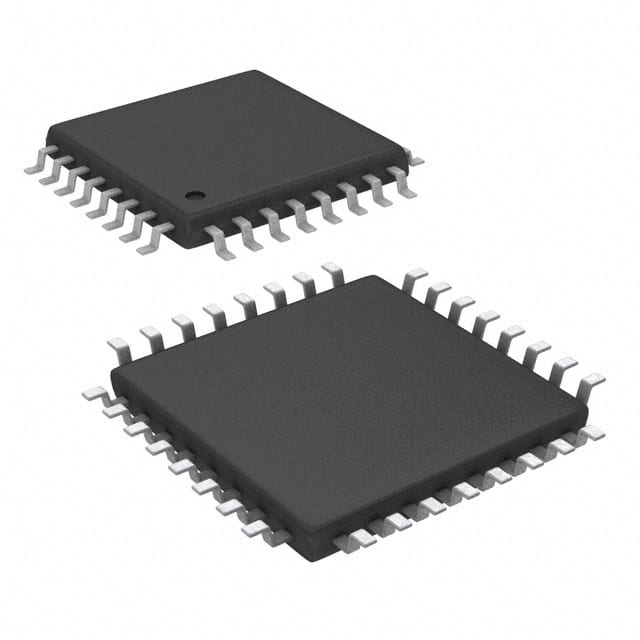
-
PCM2706CPJT
Texas Instruments
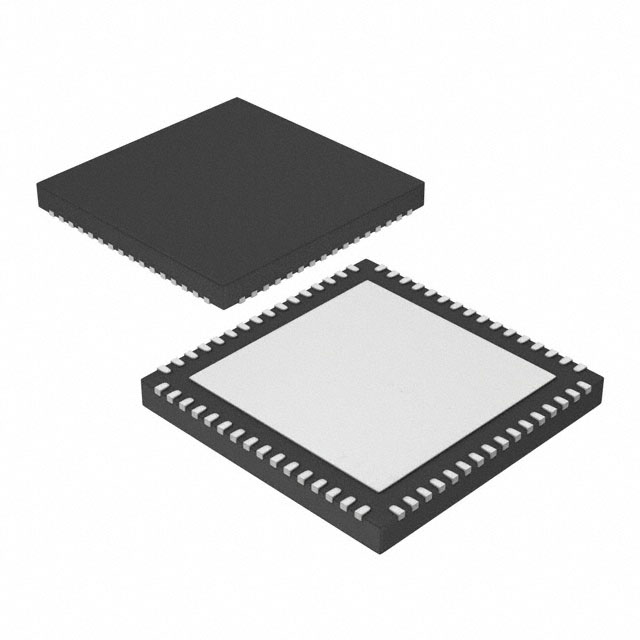
-
ZL38040LDG1
Microchip Technology

-
PGA2310UA/1K
Texas Instruments
Get Started Instantly!

